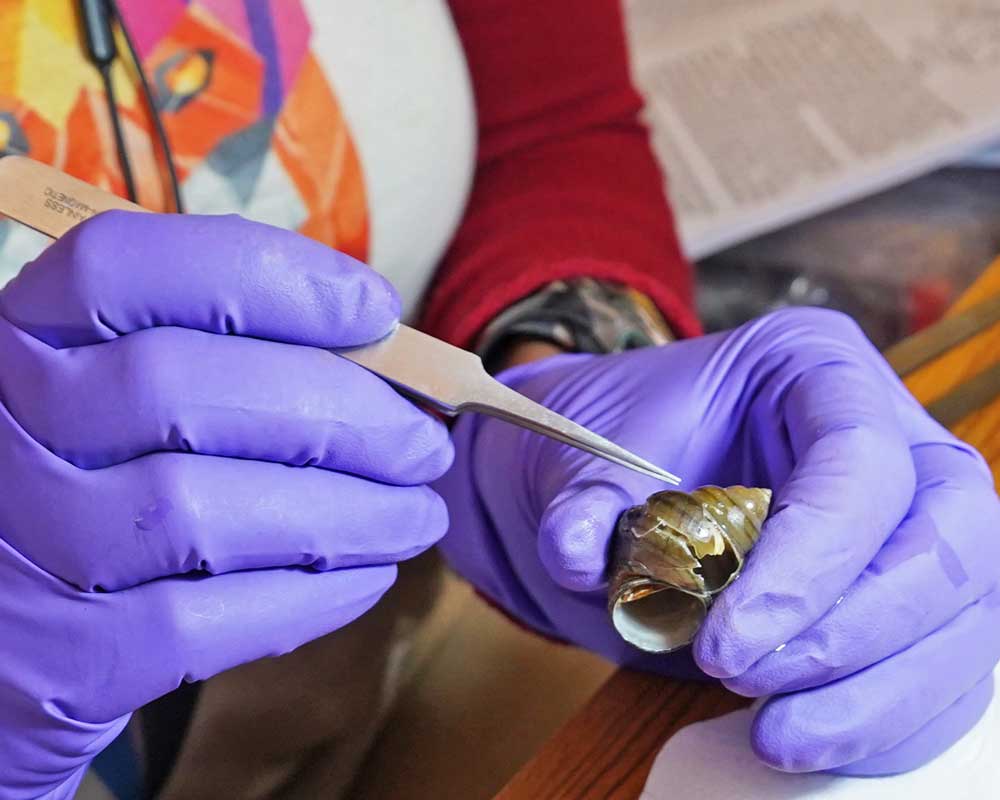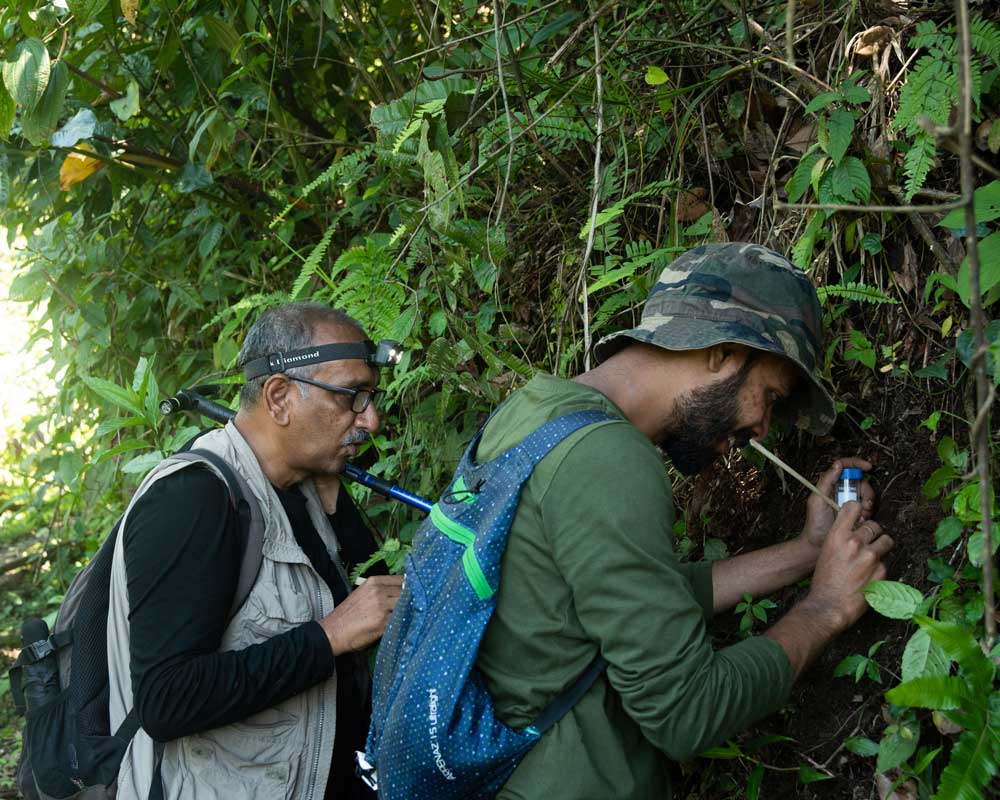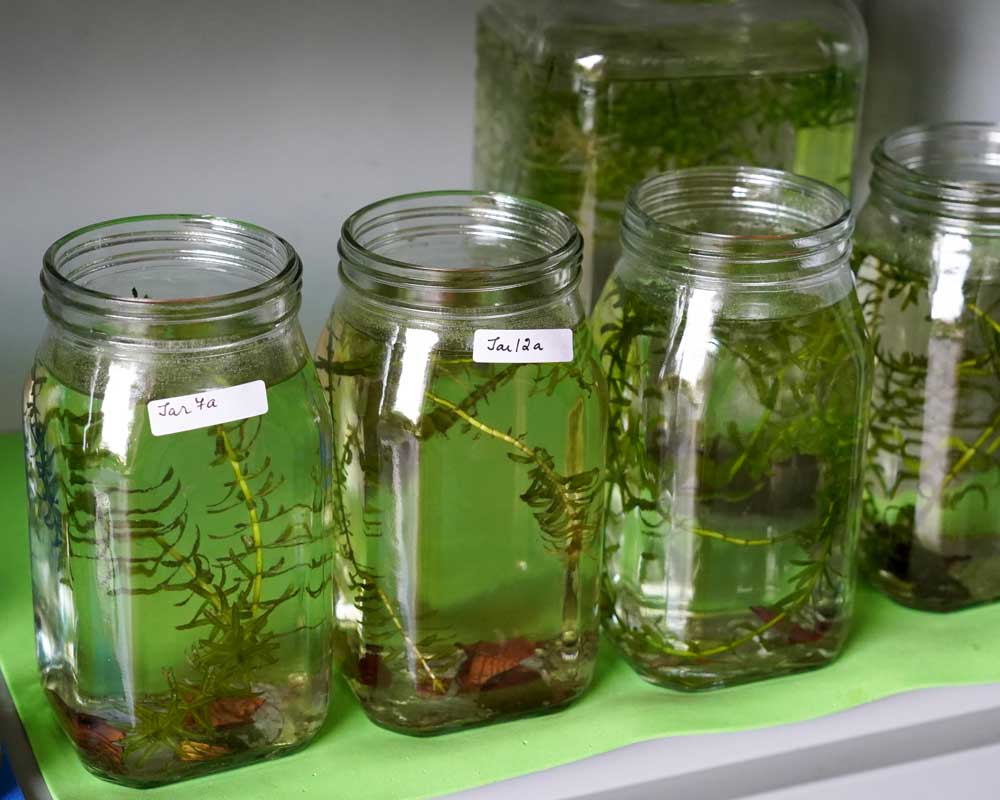The Freshwater Ecology and Conservation Lab, also known as the Mollusc Lab, works extensively on systematics, biogeography, ecology and conservation, focuses on non-marine molluscs, and also engages in herpetofaunal research. The lab tackles multidisciplinary projects in geoinformatics and ecology that contribute to conservation planning and trains interns and researchers in data mining, species distribution modelling and molecular taxonomy.
These activities are supported by the generosity of donors that are invested in preserving biodiversity and advancing ecological research. The lab is constantly evolving to adopt new techniques that address ecological and conservation issues.
The Lab is fully equipped for molecular tissue extractions, and works closely with a vendor to provide quick analysis of extracted data. We are also a repository for mollusc specimens from across India and store approximately specimens.
The lab also actively provides biodiversity documentation and water quality assessment services to other faculties and projects.
The Lab is fully equipped for molecular tissue extractions to provide quick analysis of extracted data. The lab also actively provides biodiversity documentation and water quality assessment services to other faculties and projects. The lab houses a collection of mollusc specimens from across India and stores approximately 25000+ specimens.
At our lab, we use a range of integrated taxonomic tools, including morphology, molecular phylogeny and niche modelling to describe, conserve and advice on policy

The lab has discovered and described over 29 new species of molluscs, reptiles and amphibians as a result of numerous field surveys into underexplored regions of India.
The lab has engaged in disseminating knowledge through citizen science initiatives, biodiversity walks, development and distribution of books and educational material, and encourages conversation about biodiversity and conservation.


Based on our understanding of species distribution and population estimates of various taxa, we provide expertise on devising policy. We also use GIS and species distribution modelling tools to predict threatened, invasive and endemic species patterns, thus informing conservation strategies.
